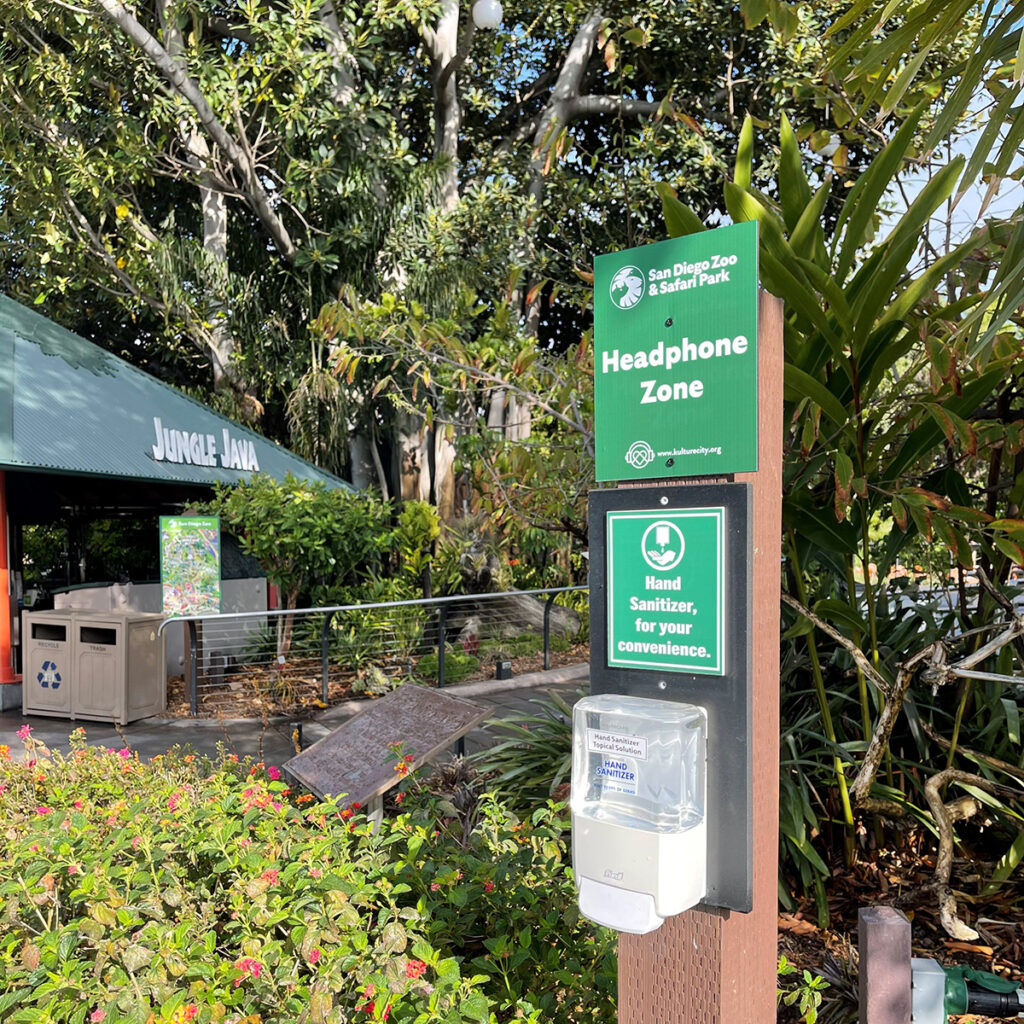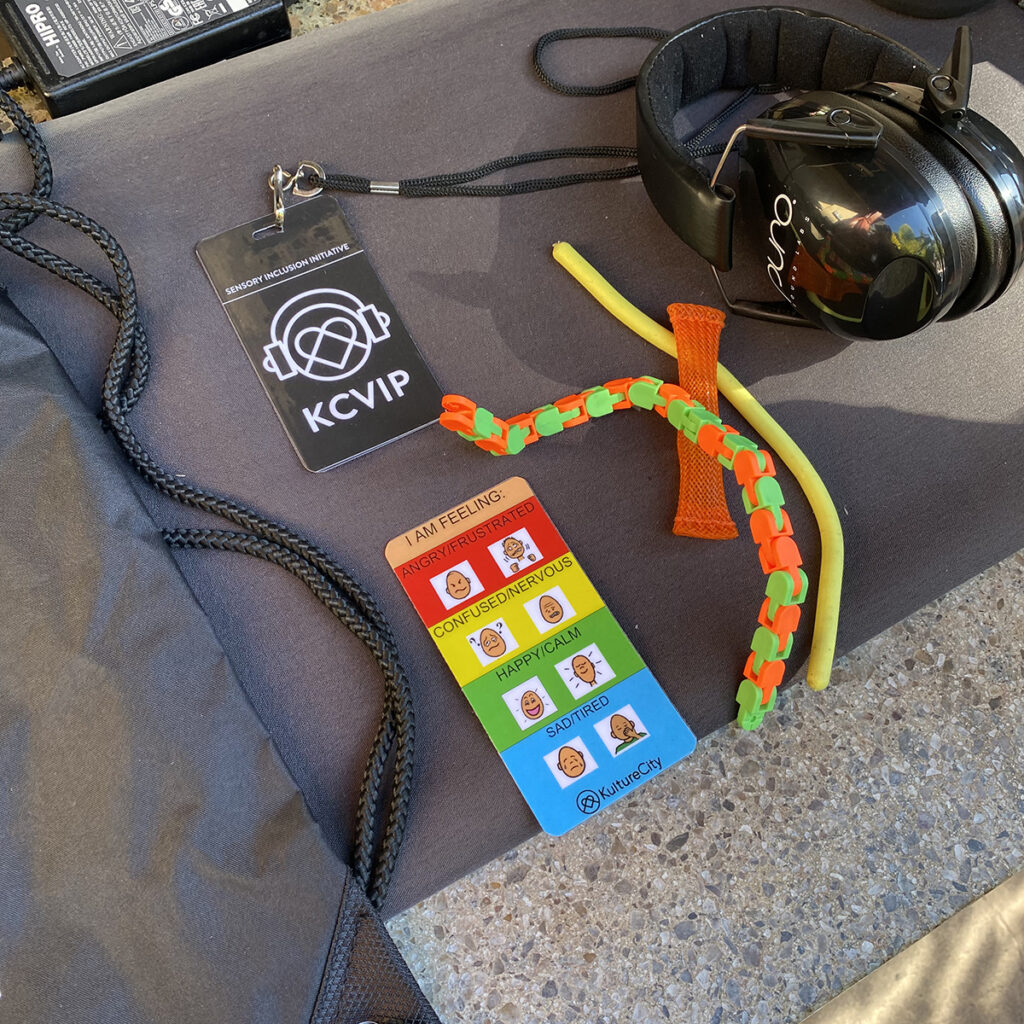
Loud noises, flickering lights, and lots of movement may sound like the ingredients for an exciting experience, but they can be debilitating for people with sensory sensitivities.
The San Diego Zoo and San Diego Zoo Safari Park have recently become more sensory-friendly environments. They are now officially Sensory Inclusive sites, certified by KultureCity, a nonprofit that advocates for people with sensory needs. “It was a multidepartment effort and wouldn’t be possible without everyone’s help and input,” said San Diego Zoo Wildlife Alliance’s legal counsel Ron Santos, who led the project. KultureCity’s sensory inclusion initiative works with zoos, aquariums, museums, and restaurants to better engage guests who might have sensory needs and or sensory processing issues. The organization has partnered with more than 800 locations across the US to create inclusive experiences, including more than 100 zoos and aquariums.
On its website, KultureCity describes people with sensory needs as having silent disabilities. This includes people with autism, PTSD, dementia, and strokes—who make up the one in six people living with disabilities in the US. More than 80 percent of these people have invisible disabilities such as PTSD and autism.
Sensory processing disorders present themselves in varied ways. Affected guests may find noises, smells, lights, and crowds overwhelming from the sensory perspective—and sometimes even physically painful.

For example, some people have difficulty with loud noises such as live music, loud fire alarms, and hand dryers; sudden changes in volume can be upsetting and overwhelming. Other people sensitive to light may be upset by sudden changes in brightness, flickering, and flashing. As a result, people with sensory needs sometimes withdraw, and may find themselves isolated from the community. KultureCity is working to help these people feel more comfortable and included.
The Sensory Inclusive program includes continuous training. To qualify, a minimum of 50 percent of an organization’s staff undergo training, and the organization posts signs designating quiet zones. “Quiet zones are areas in the Safari Park and Zoo that have the least stimuli and would provide a guest the opportunity to decompress,” said Ron.
In noisy, busy areas, signage encourages guests to wear headphones to help dull the stimuli. And, at both the Zoo and Safari Park, visitors with sensory disabilities can check out “sensory bags” created by KultureCity. The bags contain items intended to reduce sensory overload, including noise-canceling headphones and fidget toys. SDZWA is currently in the process of determining suitable locations for “quiet rooms” at both the Zoo and Safari Park.


KultureCity’s lists the Zoo and Safari Park as certified Sensory Inclusive sites on its app that directs people to sensory-friendly venues across the nation. Click on the Zoo, and the app offers information about where to find quiet areas and where to pick up sensory bags. Ron says the Zoo and Safari Park apps have already been updated to include these areas, too, and the next step is to update the San Diego Zoo and Safari Park maps to reflect the quiet zones.
A certified Sensory Inclusive site is somewhat different from an environment that aims to be sensory-friendly, according to KultureCity. Sensory-friendly events are designed to have a manageable amount of sensory stimuli, which helps allow people with sensory processing issues to be calmer and better able to process the stimuli. A sensory-friendly organization might remove any potentially disturbing stimuli or designate days or hours for sensory-friendly events.
In comparison, certified Sensory Inclusive sites—such as the Zoo and Safari Park—are accessible to all whenever they are open, by helping people cope with potential sensory overstimulation. The goal is to help all guests feel welcome and included, according to KultureCity. “Guests that have sensory needs or sensory processing issues will be better prepared to enjoy their visit,” said Ron.




